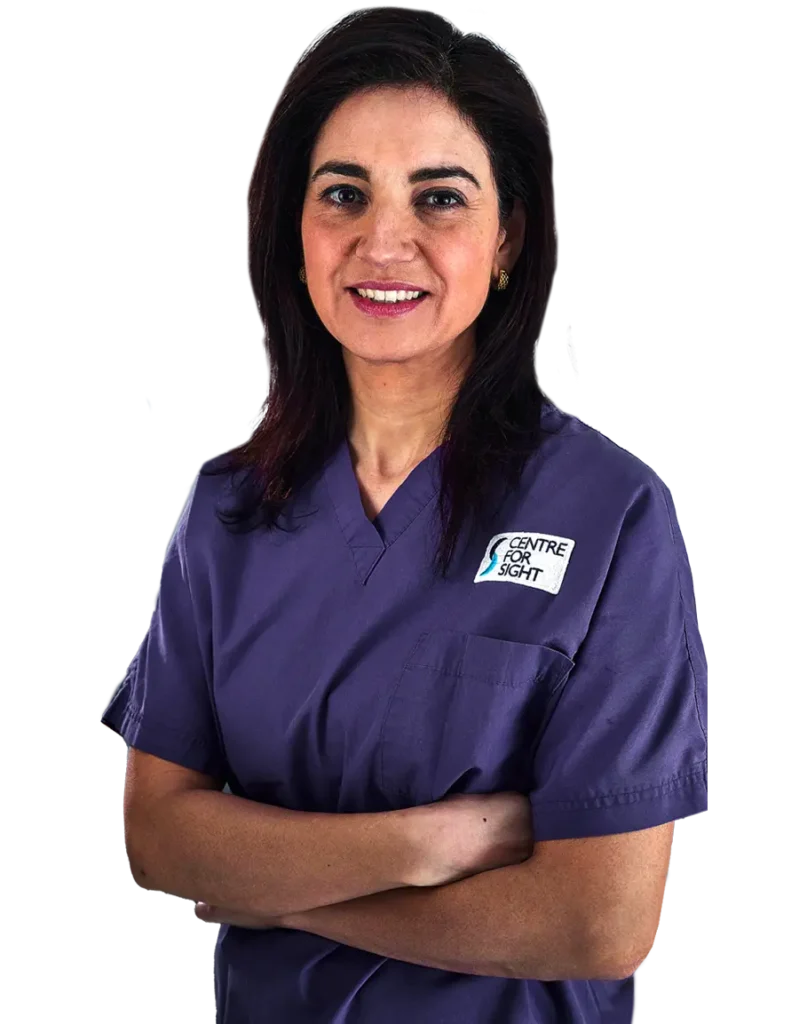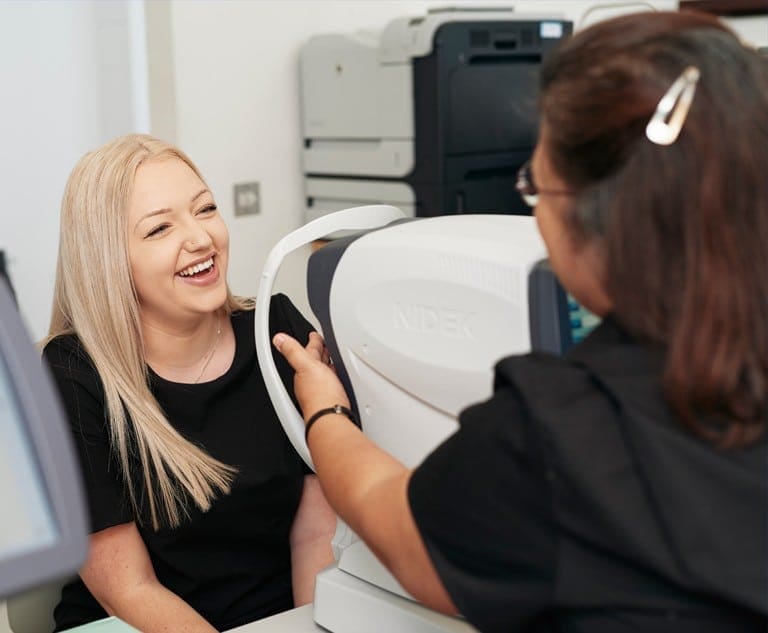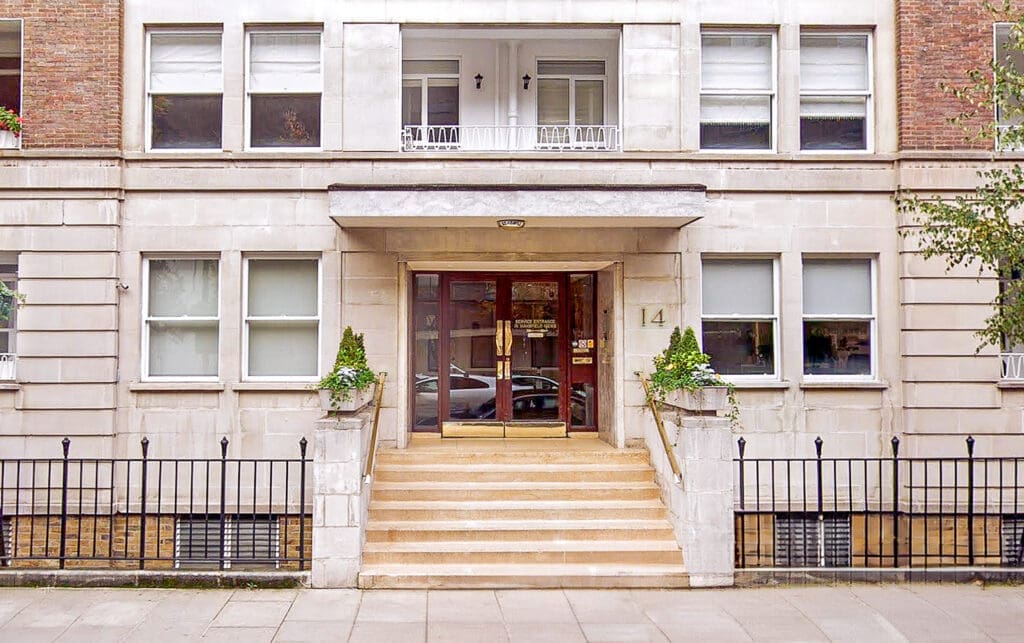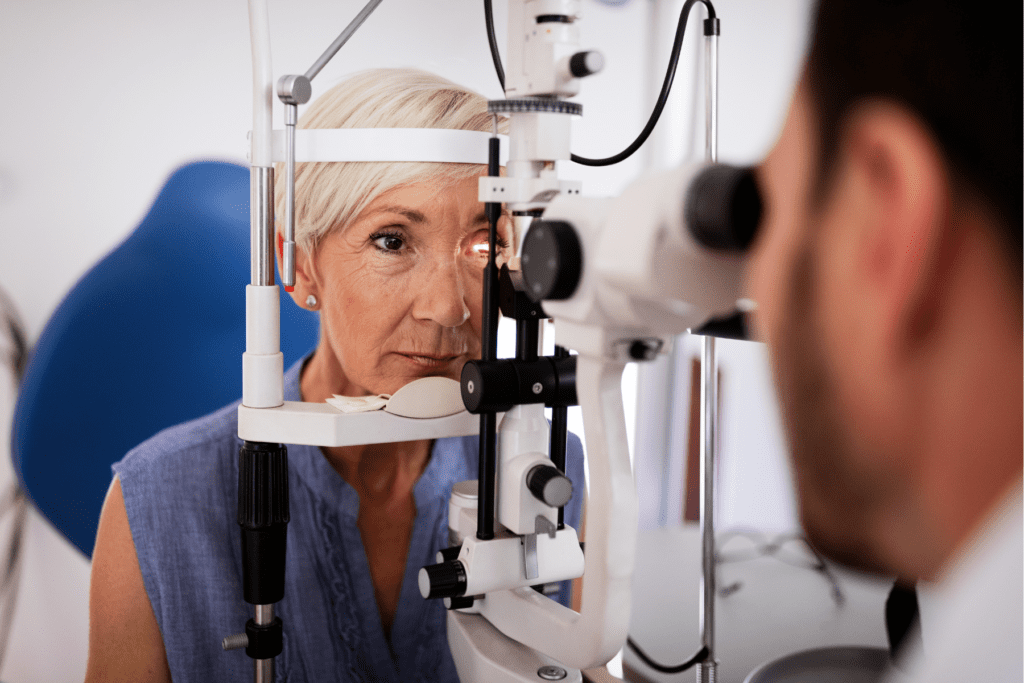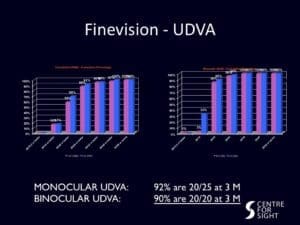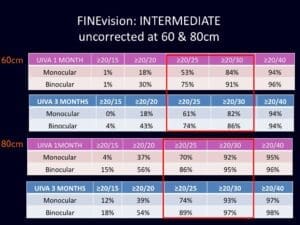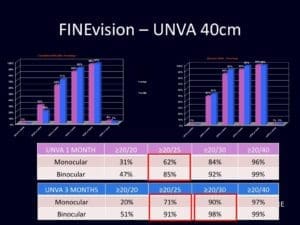Trifocal Toric Lens
For those who have high levels of astigmatism (1.75D and above) implants with built in correction of astigmatism may be required. Fortunately both Physiol and Zeiss manufacture these Toric Trifocal lenses, however they need to be specially ordered. The lens calculation is quite sophisticated and when implanting the lens at the time of surgery, accurate placement of the lens in the correct angle is vital for a good outcome.





